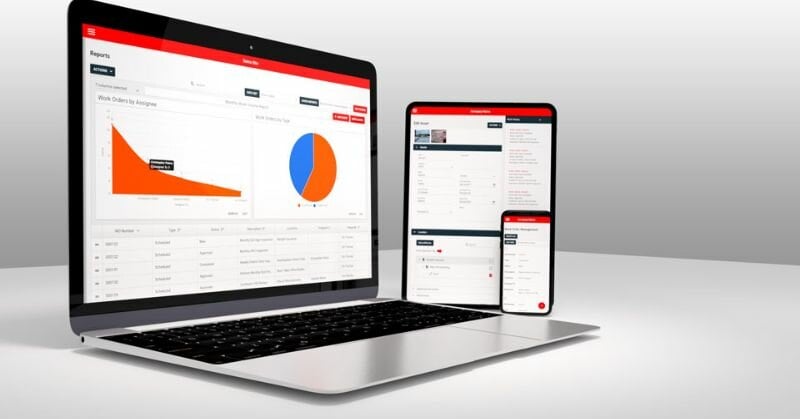With cyber attacks on the rise, the need for robust data security tools in 2024 is more critical than ever. As organizations strive to protect their sensitive information, the demand for skilled data security professionals continues to soar.

In a digital landscape fraught with cyber threats and vulnerabilities, staying ahead of data security risks is paramount for businesses and individuals alike. As we navigate through 2024, the importance of leveraging top data security tools cannot be overstated.
-
Encryption Tools: Encryption remains a fundamental pillar of data security, ensuring that sensitive information is scrambled into unreadable formats, protecting it from unauthorized access. Leading encryption tools like VeraCrypt and BitLocker offer robust data protection solutions for both personal and enterprise use.
-
Multi-Factor Authentication (MFA): In an era where passwords alone are no longer sufficient to safeguard accounts, MFA adds an extra layer of security by requiring users to provide multiple forms of verification. Tools like Google Authenticator and Duo Security enhance access control and thwart unauthorized logins.
-
Endpoint Security Solutions: Protecting endpoints such as laptops, smartphones, and other devices is essential in preventing data breaches. Endpoint security tools like CrowdStrike and Symantec Endpoint Protection shield devices from malware, ransomware, and other digital threats, ensuring comprehensive protection across all endpoints.
-
Security Information and Event Management (SIEM) Tools: SIEM tools play a crucial role in monitoring, detecting, and responding to security incidents in real-time. Platforms like Splunk and IBM QRadar collect and analyze security data from various sources, enabling organizations to identify and mitigate potential threats promptly.
-
Data Loss Prevention (DLP) Solutions: Data loss prevention tools are indispensable in safeguarding sensitive data from leaks or unauthorized access. With features like content discovery, classification, and policy enforcement, DLP solutions such as Digital Guardian and Symantec Data Loss Prevention help organizations prevent data loss and maintain compliance with data protection regulations.
-
Vulnerability Scanning Tools: Regularly scanning systems and networks for vulnerabilities is essential in proactively addressing potential security gaps. Tools like Nessus and Qualys Vulnerability Management assist in identifying and prioritizing security vulnerabilities, enabling organizations to patch and secure their systems effectively.
Best Security Best Practices
Discover essential data security best practices to fortify defenses, safeguard sensitive information, and mitigate the risks of cyber attacks effectively.
1. Employee Training and Awareness:
One of the foundational pillars of data security best practices is educating employees about the importance of cybersecurity. Conducting regular training sessions to raise awareness about phishing scams, social engineering tactics, and password hygiene can empower employees to recognize and respond to potential threats effectively.
2. Strong Password Policies and Authentication Methods:
Enforcing strong password policies and implementing multi-factor authentication (MFA) are crucial steps in enhancing data security. Encouraging the use of complex, unique passwords and leveraging biometric authentication or token-based authentication methods can strengthen access controls and protect against unauthorized access.
3. Regular Data Backups and Disaster Recovery Plans:
Data backups and disaster recovery plans are indispensable safeguards against data loss due to cyber attacks or system failures. Establishing routine backup procedures and testing disaster recovery protocols ensure that organizations can recover critical data swiftly and minimize downtime in the event of a security incident.
4. Network Segmentation and Access Controls:
Segmenting networks and implementing granular access controls help limit the lateral movement of threats within an organization's infrastructure. By restricting access permissions based on roles and implementing network segmentation to isolate sensitive data, organizations can contain security breaches and prevent unauthorized access to critical assets.
5. Embracing AI and Machine Learning for Threat Detection:
The integration of artificial intelligence (AI) and machine learning (ML) technologies is revolutionizing data security by enabling proactive threat detection and automated response capabilities. AI-powered security solutions can analyze vast amounts of data to identify patterns, detect anomalies, and mitigate security risks in real-time.
Conclusion
In conclusion, as the digital landscape continues to evolve, investing in top data security tools is crucial for safeguarding sensitive information and mitigating cybersecurity risks. By implementing a comprehensive data security strategy that incorporates encryption, MFA, endpoint security, SIEM, DLP, and vulnerability scanning tools, organizations can fortify their defenses and protect against the ever-evolving threat landscape in 2024.




